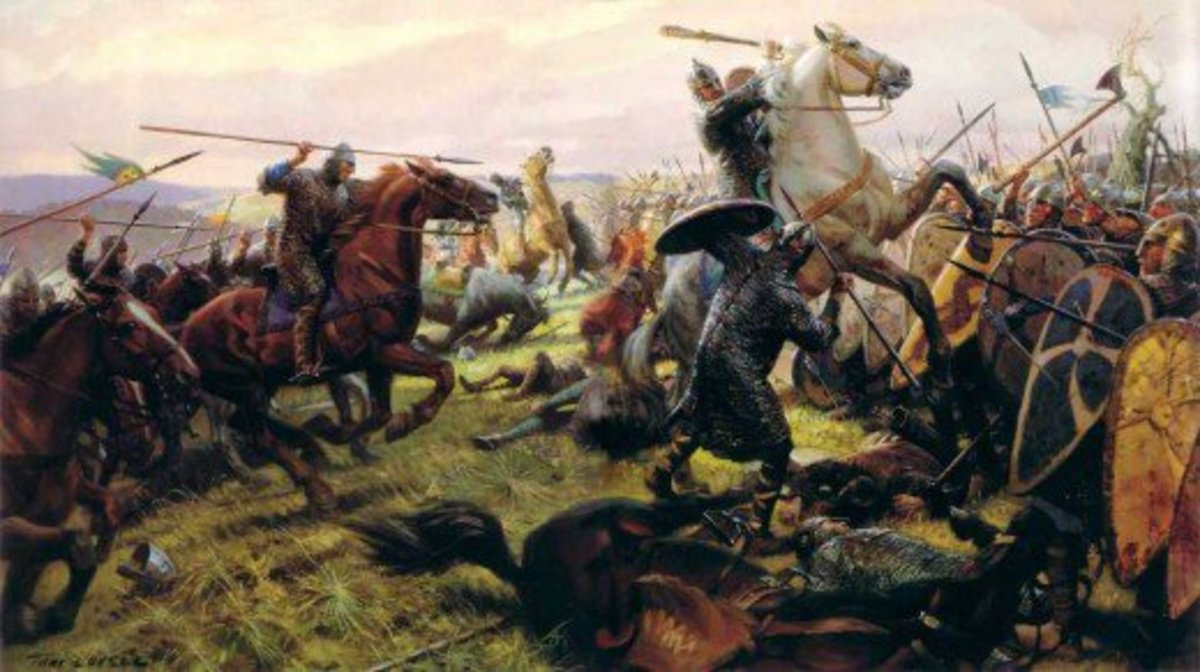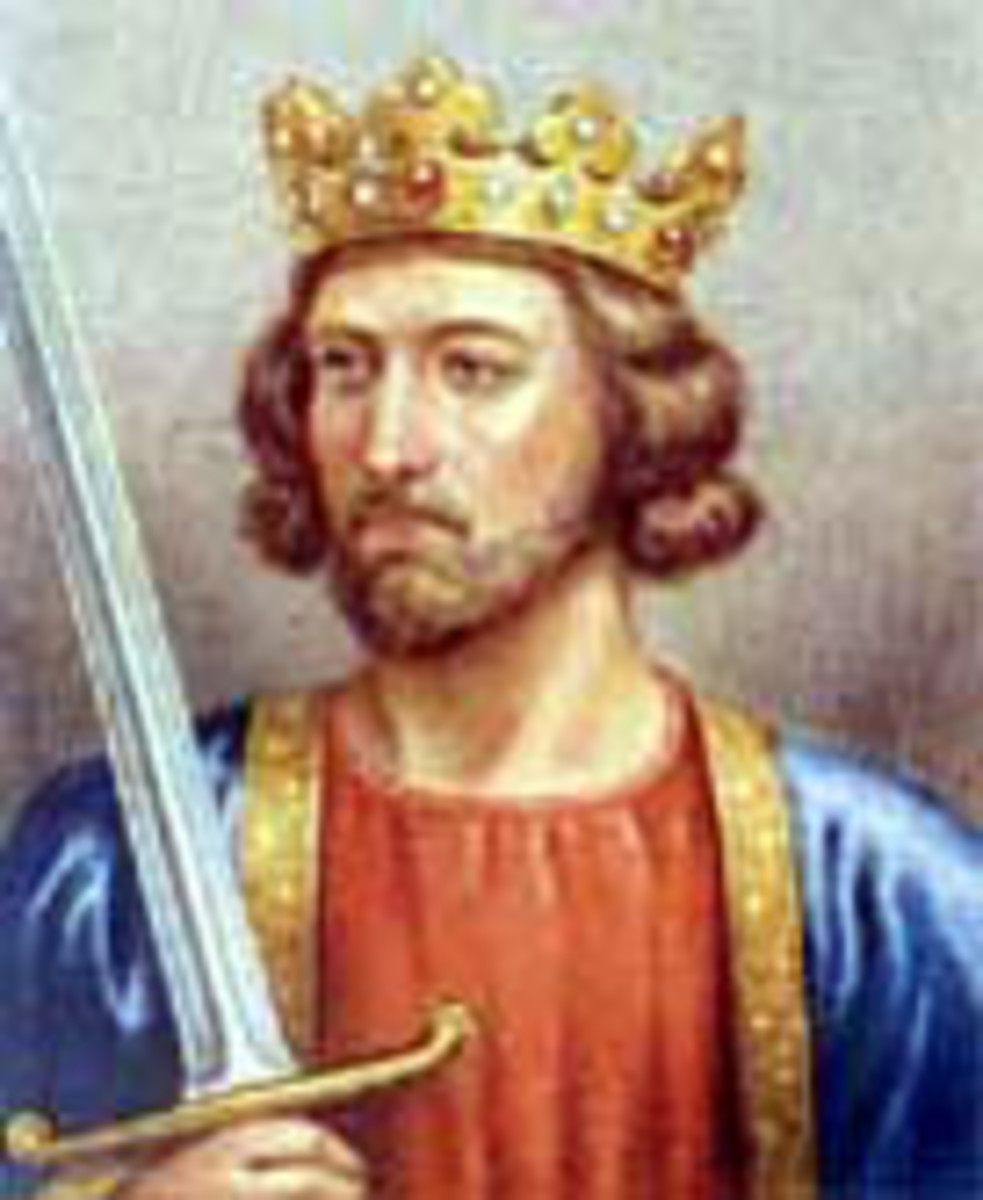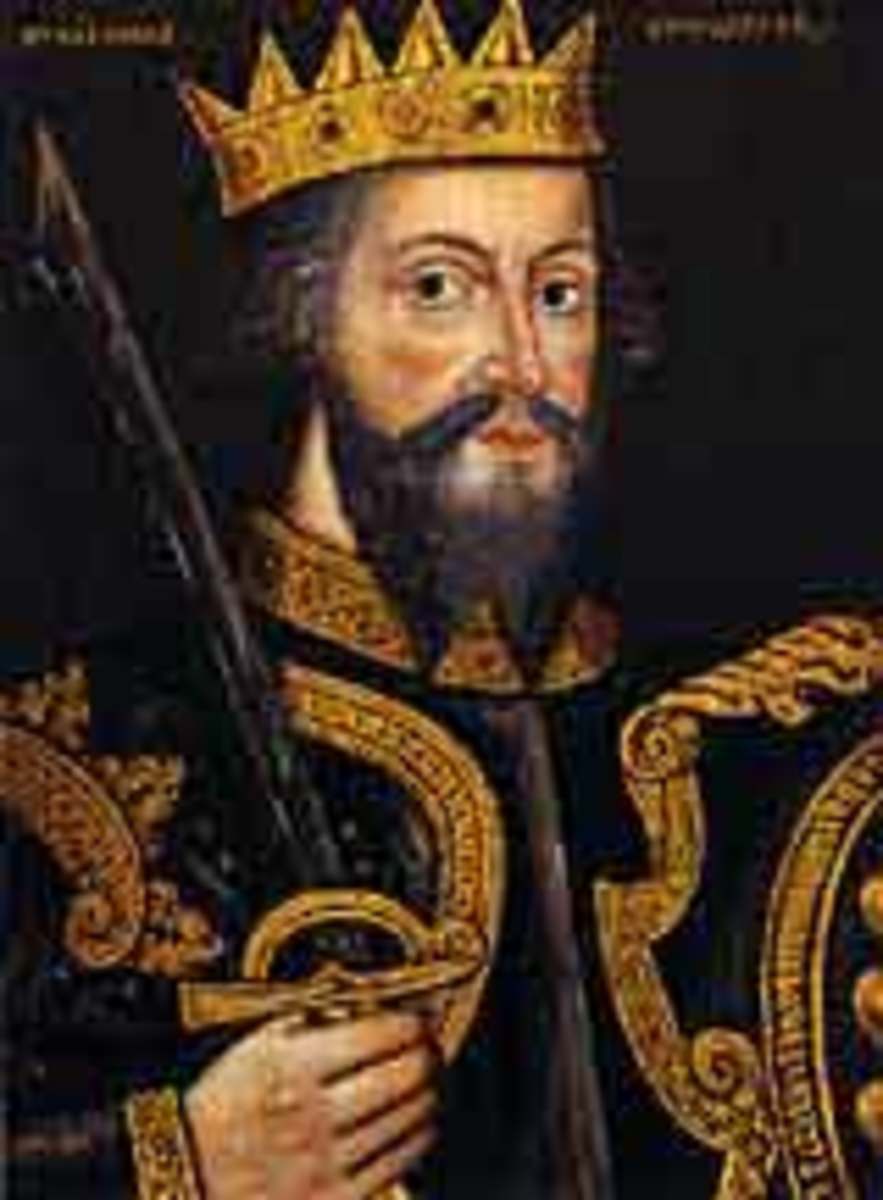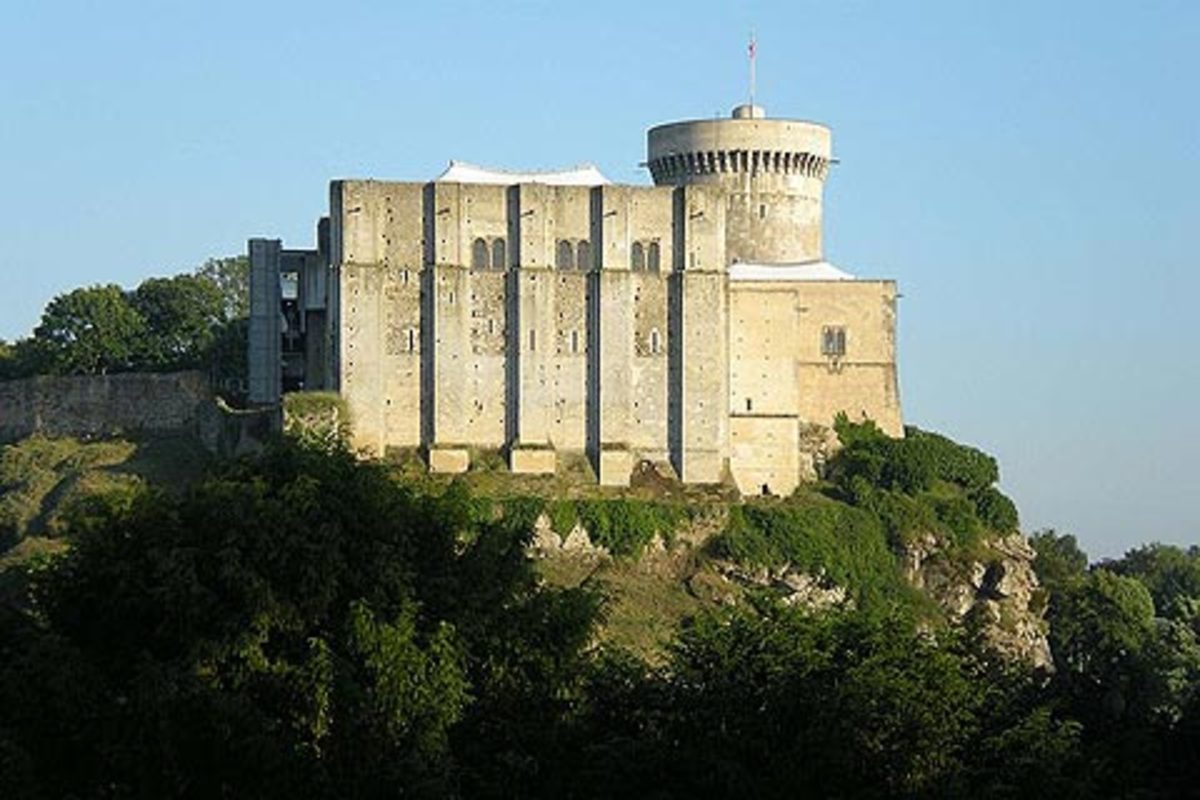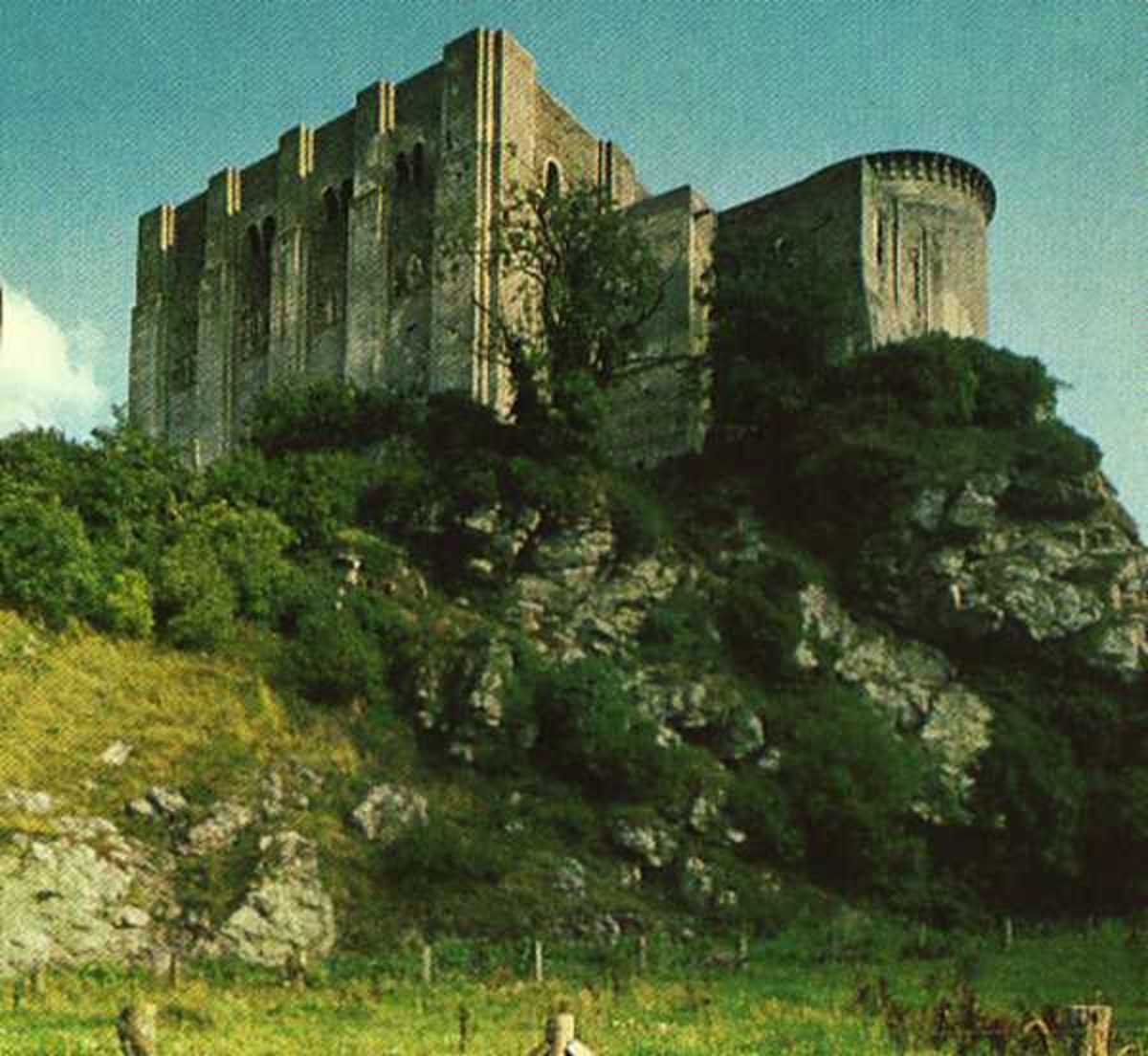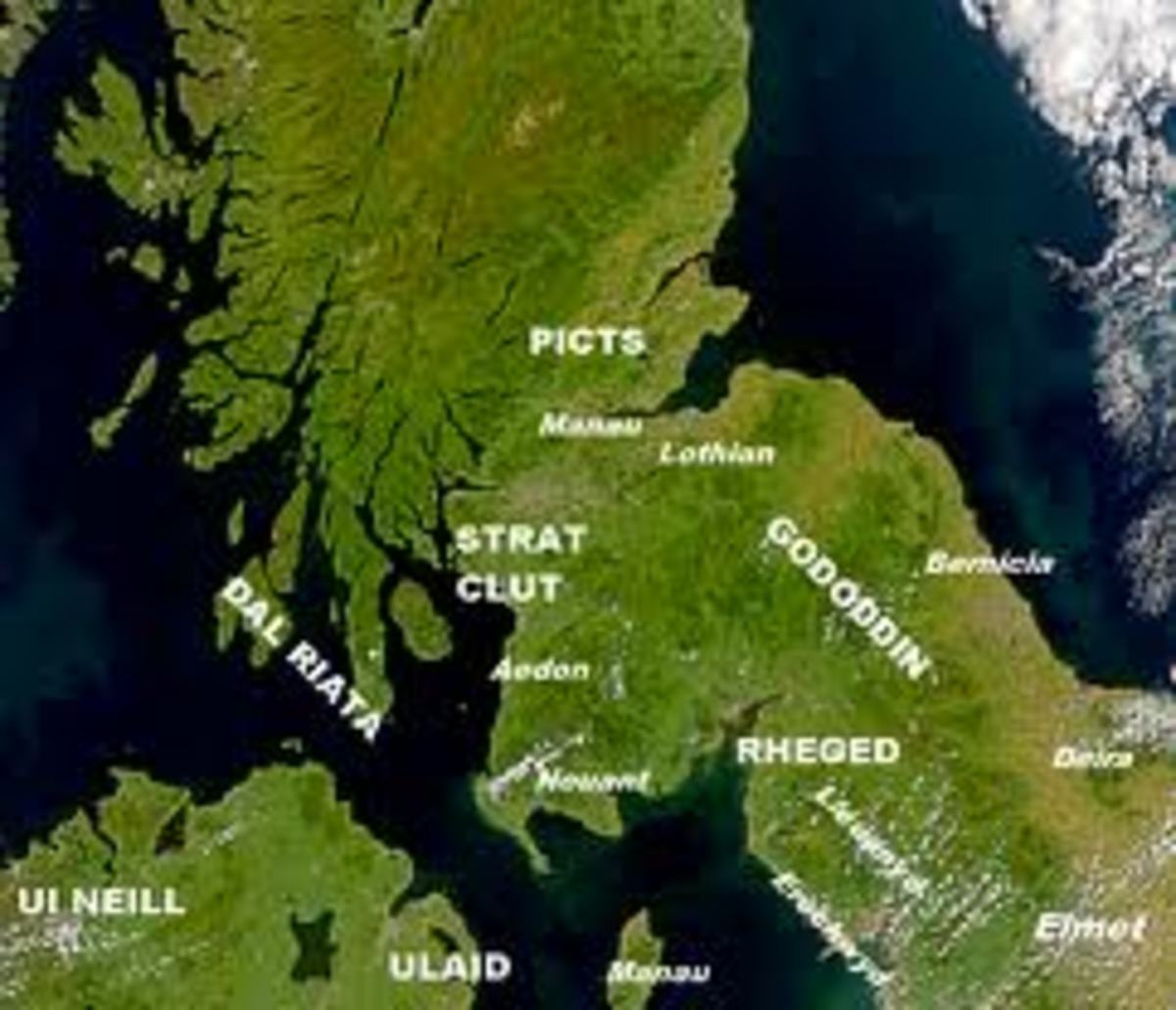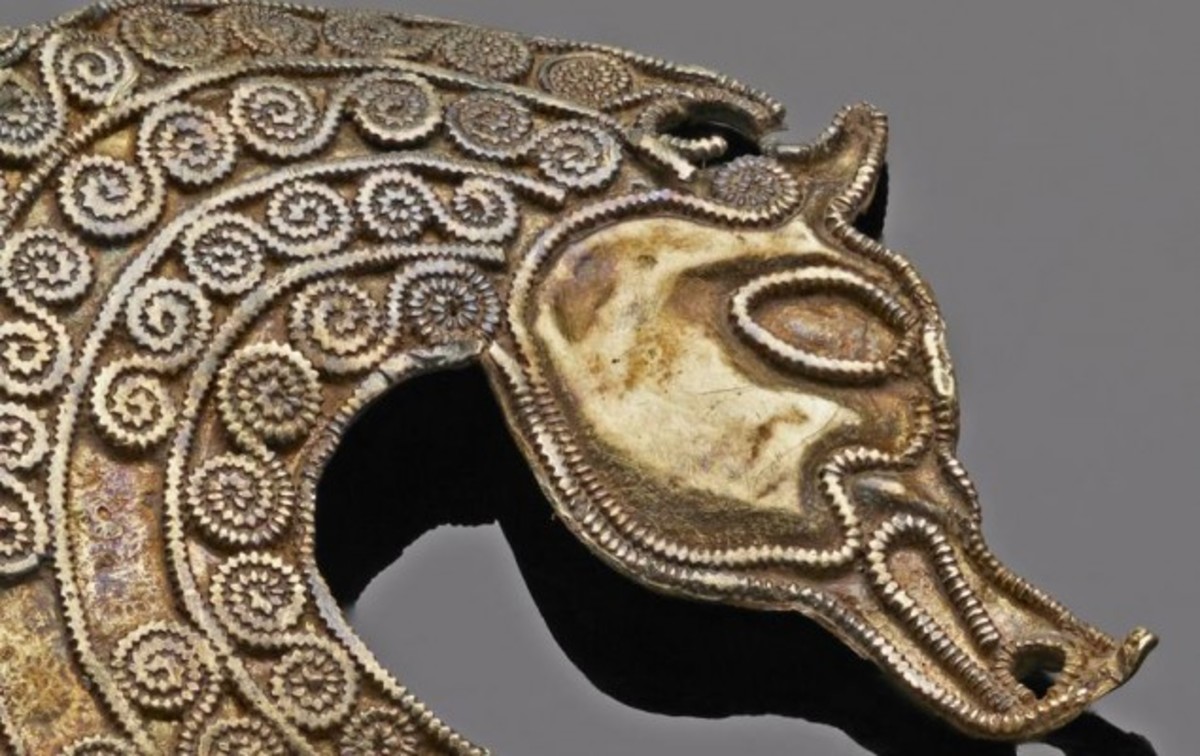- HubPages»
- Education and Science»
- History & Archaeology»
- History of Europe
Conquest - 31: William's Final Curtain - His Horse Shies at Mantes When Flames Consume the Town
William raided Mantes, by the Seine east across the frontier from Normandy
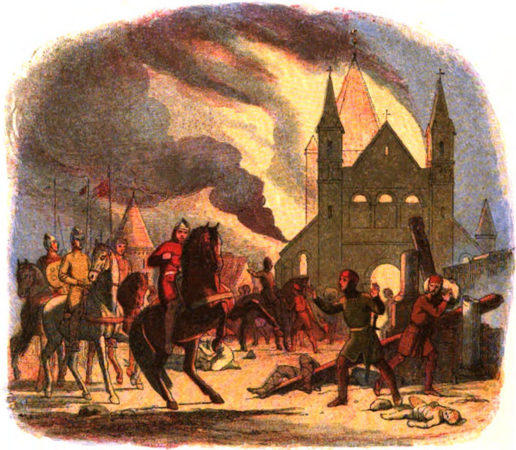
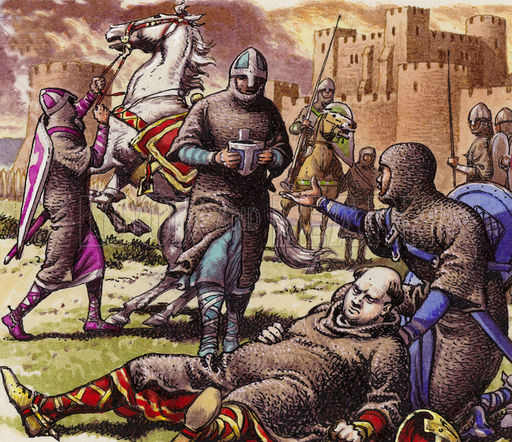
"... Before the Assumption of Saint Mary* King William went from Normandy into neighbouring France with an army..."
"... And raided against his own lord, Philip the king, and killed a great part of his men, and burned down the burh of Mantes and all the holy minsters which were inside the burh... This thus done the king William turned back to Normandy. He did a pitiful thing, and more pitiful happened to him. How more pitiful? He became ill and that affected him severely".
Anglo-Saxon Chronicle ('E' - Peterborough MS)
William died early on 9th September AD 1087 at the age of 59, pre-deceased by his queen, Matilda/Mathilde. He had ruled England for a little over two decades, Normandy for three. Two accounts tell us of his death. One was the almost contemporary De Obitu Willelmi by an unknown Caen monk. The other was the Historica Ecclesiastica of the Anglo-Norman chronicler Orderic Vitalis. Even being written over half a century after the event, the latter account was more accurate. In the seventh of the Ecclesiastica account Orderic Vitalis dealt with William's demise and problematic entombment.
The duke-king had tried to take Mantes (some miles east out of Normandy towards Paris along the Seine) six weeks earlier, by which time he was significantly overweight and fell forward, ill from exhaustion and heat. A contemporary of Orderic, William of Malmesbury wrote in his Gesta Regum Anglorum that William, with his stomach hanging over the pommel of his saddle, was thrown against it when his horse suddenly shied and his spleen burst. William withdrew west to Rouen.
His condition worsened and, aware of impending death, the questionable acts carried out in his name during his kingship in England weighed heavily on his conscience. In giving way to intermittent sighs and groans, he begged for prayers to be said on his behalf, confessed his misdeeds and pleaded for pardon. His treasures, many of which were gained from high taxation or pillage, were handed out to churches and the poor, "...So that what I amassed through evil deeds may be assigned to the holy uses of good men..." Gifts were sent for his penitence to the clergy at Mantes for them to restore churches burned during the storming by the Normans. Bishops, abbots, monks and physicians attended him in his death chamber.
William's eldest son Robert was not with him, having taken King Philip's side in rebellion four years earlier. Odo was still imprisoned at Rochester for treason. Asked to forgive them both William finally relented, weakened by the pain of his injury. Odo, and several English insurgents were freed, and despite his disloyalty Robert was given what he had considered his birthright: the duchy of Normandy. Robert had unhorsed his father and almost killed him years earlier when they fought. William 'Rufus', the second son was to be king of England and left hurriedly to claim the throne. The third son, Henry 'Beauclerc' (the only one born in England, at Selby in Yorkshire) was bequeathed five thousand pounds in silver and left quickly to claim and weigh it, wishing not to be short-changed.
*The Assumption of St Mary is on 15th August
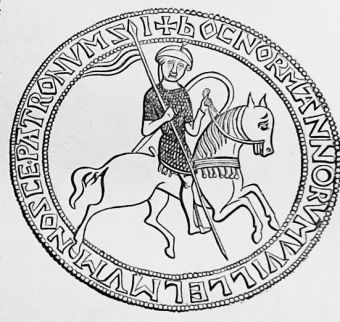
Orderic Vitalis grew up in England and was aware of William's barbarity toward his English subjects.
He could have heard a first-hand account of William's death and wrote of his death-bed confession,
"I treated the inborn inhabitants of the kingdom with harshness, cruelly oppressed those high and low-born, unjustly deprived many of their property, caused the deaths of thousands by starvation and death - particularly in the county of York. In blind fury I fell on the English like a raging beast and ordered their homes and crops with all their ploughs and furnishings to be burned there and then... Their flocks of sheep and herds of cattle to be slaughtered everywhere. I punished a great multitude of men and women with starvation and the whip. Alas, I was the cruel killer of many thousands, young and old, of this fair people..."
Whether or not William did appeal for forgiveness for his deeds in this manner, he died commending his spirit to the Virgin. Those in attendance who felt their properties were at stake left hastily once the king was pronounced dead. Those who stayed, Orderic states, took the arms, vessels, clothing, linen and all the royal vestments, and left his corpse almost naked on the stone floor.
It was decided he should be taken to Caen for entombment in the Abbaye aux Hommes (founded by William in penance for having wedded Matilda of Flanders despite the Pontiff's ban; Matilda founded the Abbaye aux Dames in the north of Caen, across the city from William's abbey, where she was interned after her death in England). With all the royal household gone, there was no-one to direct the preparations for his funeral. It befell one of his knights to make the arrangements and have the corpse taken downriver on the Seine and west, overland through the hilly country to Caen. As the abbot and monks met the bier fire broke out, destroying a large part of the city. Everyone left to put it out, leaving the monks to fulfil the burial rites.
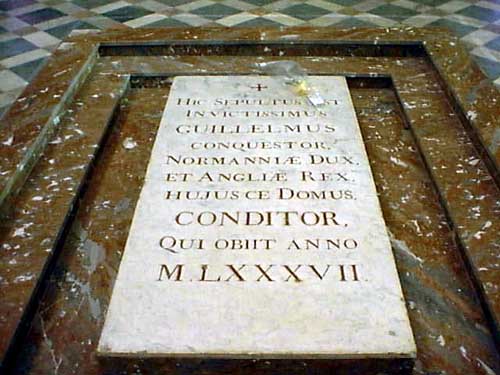
William was praised before a gathering of bishops and abbots of Normandy.
A request was made that, had he ever done wrong he should be forgiven. Unbelievably one man stated that the church had been built on land taken by force from his father when William was a recently married young duke,
"Therefore I lay claim to this land and openly demand it, forbidding in God's name that the body of this brigand be covered by earth that is mine, or buried in my attendance".
The man was compensated to the tune of sixty shillings for the place of burial (William of Malmesbury over-stated the amount, giving it as a hundred pounds).
Even more unbelievable, as the monk of Caen wrote, that William's bulk would not fit into the sarcophagus made for him years earlier. For one thing it was too short. The monks tried to push the bloated corpse into the tomb. As Orderic wrote,
"The swollen bowels burst, and an intolerable stench assailed the nostrils of the bystanders and the whole crowd [gathered there]".
Even the Frankincense and sweet spices in the censers was insufficient to hide the smell and the service was rushed, to fit the lid in place and leave the building.
William 'Rufus' had a memorial made for his father, 'a noble tomb' garnished with gold and silver adornments and precious stones. In 1522 William's embalmed body was inspected and re-buried. forty years later the tomb was wrecked in a Calvinist rising, his remains scattered. A single femur survived to be found and re-interred under a new monument in 1642. This in turn was wrecked during the French Revolution. Later yet, in WWII Caen was bombed by the Allies to prise out the occupying German miitary and the abbey church suffered damage. The tomb was again disturbed, although what remained of him remained intact. Now a simple stone slab marks the burial site of 'the Conqueror'. The Anglo-Saxon Chronicle ('E' - Peterborough MS) gave his epitaph:
"He who was earlier a powerful king, and Lord of many a land, he had nothing of any land but a seven-foot measure (the total length of his sarcophagus); and he who was at times clothed with gold and with jewels, he lay then covered over with earth".
The monument and the memento

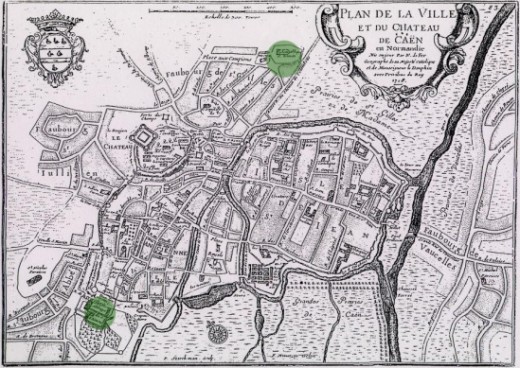
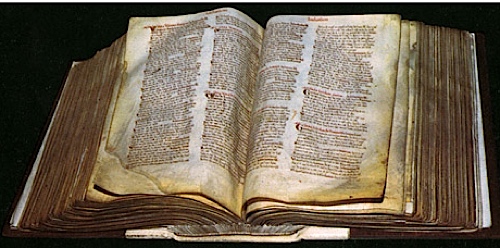
Has this series been of help or interest?
The 'Conquest' series, has it been of any help or personal interest to you?
© 2017 Alan R Lancaster

